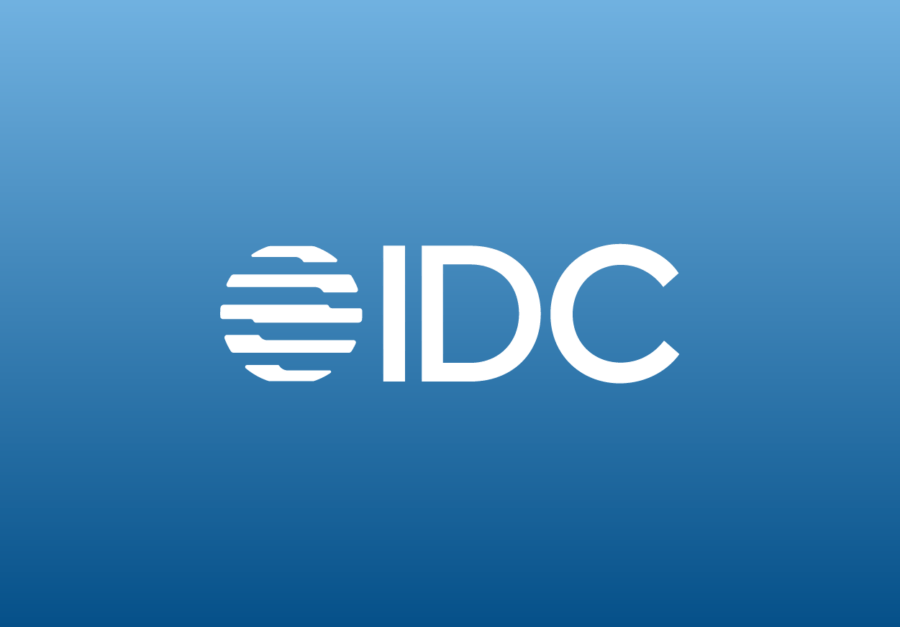Blog
ERP Rationalization: Key Factors for Project Success

ERP migration projects are expensive, complicated and resource intensive, but they run more smoothly when Treasury is involved. Bank connections need to be rebuilt during an ERP migration. So, for Treasury, it’s a good time to determine if ERP rationalization or migrating banking relationships is the better choice for your organization.
If using a traditional systems integrator to set up bank connections, the average time to set up a bank format is 3 – 6 months and a typical bank has 3 – 4 formats which must be configured. Alternatively, there are solution providers that offer ways to shorten the bank connectivity time by leveraging existing bank format libraries.
As a Treasury practitioner, getting involved early in an ERP project provides the opportunity to be strategic in bank relationships, evaluate current processes, save money and potentially implement a Treasury solution or payment hub to provide additional benefits. However, if ERP project planning is already in flight, the window is not closed – it’s never too late to get Treasury involved.
Bank Rationalization
An ERP project is the perfect time to assess the bank landscape. There is no better time to eliminate unnecessary banks or add new ones as well as bring disparate systems or non-compliant office locations into the corporate banking structure.
Items to consider include geographies, services, pricing, relationships, and overall business fit. Choosing to work with an organization that manages the bank connections can eliminate IT resources needed for ongoing maintenance both now and in the future.
Legal Entity Rationalization
In addition to items discussed above, an organization has a unique opportunity to evaluate the current legal entity structure, as changes during an ERP project reduce the data that needs to be moved.
There are work areas during ERP project planning that typically benefit the most from treasury’s involvement. These include Cash Management, Accounts Payable, Accounts Receivable and Bank Connectivity. Testing is also an important component to keep in mind. Lets look at them one by one.
Cash Management & Treasury
Cash Management focuses on daily bank statement reconciliations, daily cash positions, and short term and longer-term cash forecasting. There are a few ERPs that bundle a treasury solution with their cash management module, but in general they tend to be simplistic and not able to satisfy medium or complex requirements.
- Reconciliation – Daily Bank Statement Reconciliations should be automated in your ERP. In addition, Bank to Book reconciliations should be configured.
- Daily Cash Position – As part of the ERP project, a determination should be made on how to retrieve the Daily Cash Position. Most ERP’s can handle a simplified version of this function; however, if the business is retrieving more complex components for a Daily Cash Position, enhancement to this functionality with a TMS may be required.
- Cash Forecasting – Along the same lines as the Daily Cash Position, data required for Cash Forecasting may not be readily available in your ERP. In addition, if more complex Cash Forecasting calculations or trending is required, a TMS may need to be considered.
Accounts Payable
While Treasury’s focus is largely to ensure accounts are funded, having knowledge of the outgoing payment files and the formats needed by the business (wire, International wire, ACH, third-party checks, drafts, etc.) is important to the ERP project. Each of these different types of files may have its own formatting flavors by bank that need to be understood before it can be consumed by an ERP system.
Accounts Receivable
Treasury’s banking relationships are relevant in terms of how incoming cash will be processed between the Bank and the ERP. This could be prior-day or intra-day bank statement files, Lockbox and EDI receipt files or various payment acknowledgement files.
Connectivity
Connectivity between an ERP and the banks is one of the most overlooked and undervalued components of an ERP implementation. An ERP project is one of the only times when bank connectivity needs to be built or re-built. It’s important to consider which banking relationships are most important, to rationalize those banks where possible, and decide whether being bank agnostic in the future is important.
How is your entity going to connect to your bank or banks? How many banking relationships are in place? How many accounts per bank? Are these global relationships (in country or out of country)? What formats are required by each bank for each payment type per account? What protocols will be used to communicate with each bank? As evaluations of systems integrators occur, it’s recommended to make sure they have experience with bank connections since some implementers lack experienced resources with mature connectivity skillsets.
Testing Integrations
With its role as the primary contact for the Banking relationship(s), Treasury should take an active part in integration testing for each phase of the ERP implementation. This includes managing timings for testing and deadlines to meet the overall ERP project timelines.
Implementing a TMS for ERP Rationalization
Implementing a TMS either just before, or in conjunction with an ERP migration can save time, money and make the treasury team more efficient. A TMS can eliminate costly IT resources from within the organization for new connection setups, monitoring, reporting, or troubleshooting.
A TMS can provide real time visibility of global cash on a single platform which is especially important if multiple ERPs and/or complex global banking relationships exist. If a third-party TMS provider is selected, bank connections can be modified as needed without having to wait for available internal resources. In addition, new bank set-ups as part of acquisitions can easily be created.
Benefits of a Payment Hub for ERP Migration Project
One additional area for enhancement during an ERP project is the inclusion of a payment hub. By adding a payment hub between the ERPs and Banks, it’s possible to decrease complexity, reduce setup time and ultimately de-risk an ERP project. A payment hub takes data from various sources and loads it into a single platform.
Within the payment hub, payment approvals can be entered, managed, formatted, and fraud detection solutions applied. A payment hub also delivers additional value when multiple ERPs or source systems exist within an organization. Implementing a payment factory can eliminate the need to keep calling the IT group for updates and testing around banking formats and connectivity changes if a company decides to move its bank relationship.
Key Steps a Treasury Professional Can Take for ERP Migration Project Planning
So, what can a Treasury Professional do to ensure the team’s role in the organization’s ERP project planning?
- GET INVOLVED!
- Determine the ERP strategy of the treasury team within the organization. Consider the importance of visibility, bank flexibility, and fraud prevention
- Rationalize banking relationships
- Ask for introductions to the Technical Team project managers at your banks
- Document banking structure completely, including bank account and directional cash flows
- Document Treasury processes and use these to frame requirements for the project.
- Establish a test plan for the project, including ERP rationalization
- Finally, see any ERP project and ERP project planning as an opportunity to fund or invest in mature TMS or payment hub functionality
An ERP project is the perfect time to evaluate current processes and bank relationships and make the appropriate changes, if needed.












